Author: Kaavya Ramachdran

Person interviewed: Nick Loth
Meet Nick Loth, a project manager at the TUM Venture Labs Additive Manufacturing. The TUM Venture Labs support you in turning your deep tech or life science idea into entrepreneurial impact – across the entire life cycle from early idea generation to seed capital for a successful business launch. To ensure this mission, the TUM Venture Lab Additive Manufacturing operates a laboratory with several types of 3D printers. Gain unique insights into two of their newest purchases.
What is the operational principle behind the chocolate printer, Choc Mate 2?
The fundamental operation revolves around an extrusion-based 3D printer with a gantry system, similar to the more commonly known 3D printers that utilize filaments or polymers to build up geometric shapes layer by layer. It employs heat to modify the chocolate’s consistency, facilitating its transition from a solid block to a liquid state for extrusion, followed by solidification upon deposition.
What materials are used in this printing process?
We offer three chocolate varieties for our printing process: vegan dark chocolate, milk chocolate, and white chocolate. These options are supplied by the machine manufacturer and are optimized for seamless operation with our equipment.
Upon acquiring this machine, what was the primary objective or goal driving the adoption of this technology?
Apart from utilizing chocolates, our aim with this technology extends to facilitating the development of applications in the realm of food-based materials convertible into pastes for extrusion into various shapes. For instance, in addressing challenges faced by geriatric patients with eating or swallowing difficulties, we leverage 3D printing to transform vegetable pastes into shapes resembling their original forms, thereby enhancing the ease of consumption while retaining nutritional value. This exemplifies the potential of food 3D printing to improve the quality of life for the elderly by rendering hard-to-chew or swallow foods more accessible.
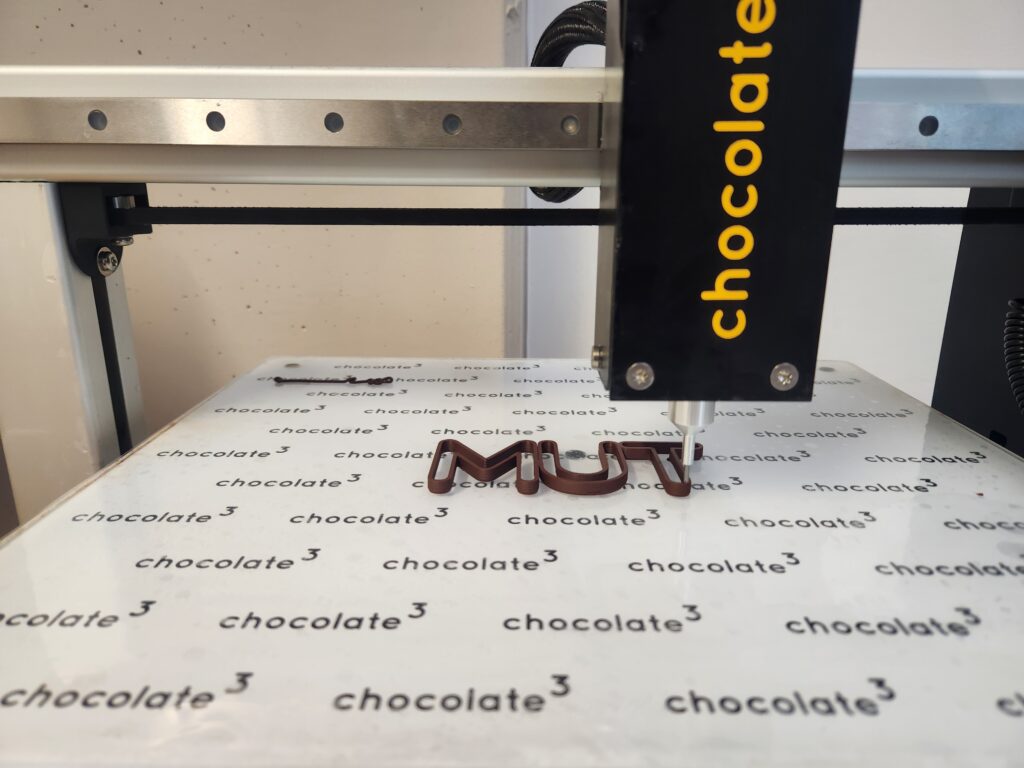
What are the advantages and limitations of these machines?
The advantage of 3D printing technology, regardless of the material, lies in its rapid prototyping capabilities. Unlike traditional methods such as injection molding, which require time-consuming casting tool manufacturing and testing, 3D printing offers faster iteration cycles. This facilitates a trial-and-error approach, allowing for swift design realization. Furthermore, customization is a key benefit, eliminating the need for mass-produced molds and enabling personalized designs tailored to individual preferences. Our chocolate printer enables customization by producing personalized designs such as names or other customized elements for individual clients. This eliminates the need for storing or producing numerous molds, offering a streamlined, one-size-fits-all manufacturing solution.
There are still limitations to consider. Challenges arise in fine-tuning temperature settings for optimal extrusion and ensuring a proper shape fidelity due to the use of food products. Shape-related issues arise with chocolate printing and paste-based extrusions, as complex shapes with overhangs tend to collapse before they are fully hardened, resulting in what could be termed as 2.5D printing. The viscosity of chocolate, influenced by the colder printing process, limits design freedom, as drying occurs either at room temperature or with the assistance of a fan, constraining intricate shapes achievable with other 3D printing technologies.
This technology remains relatively niche and draws attention due to its novelty, especially when observing chocolate printing for the first time.
How do you address the issues encountered with the components being manufactured?
Of course, we rely on a trial-and-error approach, particularly concerning geometry and design guidelines. Unlike plastic printing, where guidelines are well-established, chocolate 3D printing entails a more experimental process. Line printing is often preferred over voluminous prints due to the limited amount of chocolate available in the machine, preventing extensive use in large-scale projects. Bridging large volumes poses difficulties for the machine, as it struggles with such tasks. Overall, printing anything voluminous that requires a significant amount of material may not be feasible due to these limitations specific to the machine.
What are the alternative technologies apart from chocolate in food printing?
Food printing, while an emerging field, isn’t the only technology in this domain.
Notable advancements have been made by companies like Revo Foods, specializing in 3D-printed fish alternatives. In addition to chocolate printing, the desserts sector has seen developments in sugar 3D printing, where sugar powder is bound together layer by layer using either laser or a binding agent, resulting in intricate desserts. Pancake 3D printing is another technique, involving the extrusion of batter to create thick 2D designs. In the alternative and cultured meats industry, extrusion-based machines are used to create meat substitutes by printing multi-materials, including fats and muscle replacements, to fully replicate the texture and structure of meat fillets.
What’s the future of food printing or 3D printing in the food industry?
In the future, food printing is poised to replicate familiar foods, particularly meats, due to their significant environmental impact or footprint. Efforts are underway to develop sustainable alternatives that can be produced efficiently to meet growing demand. Advancements in fermentation technology are expected to play a key role in achieving this goal. Additionally, innovations aimed at enhancing nutrient content and preserving cultural connections to food are anticipated to drive further growth and potential in the field of food printing.
What is the operational principle of the WASP 2040 clay 3D printer and how does it function?
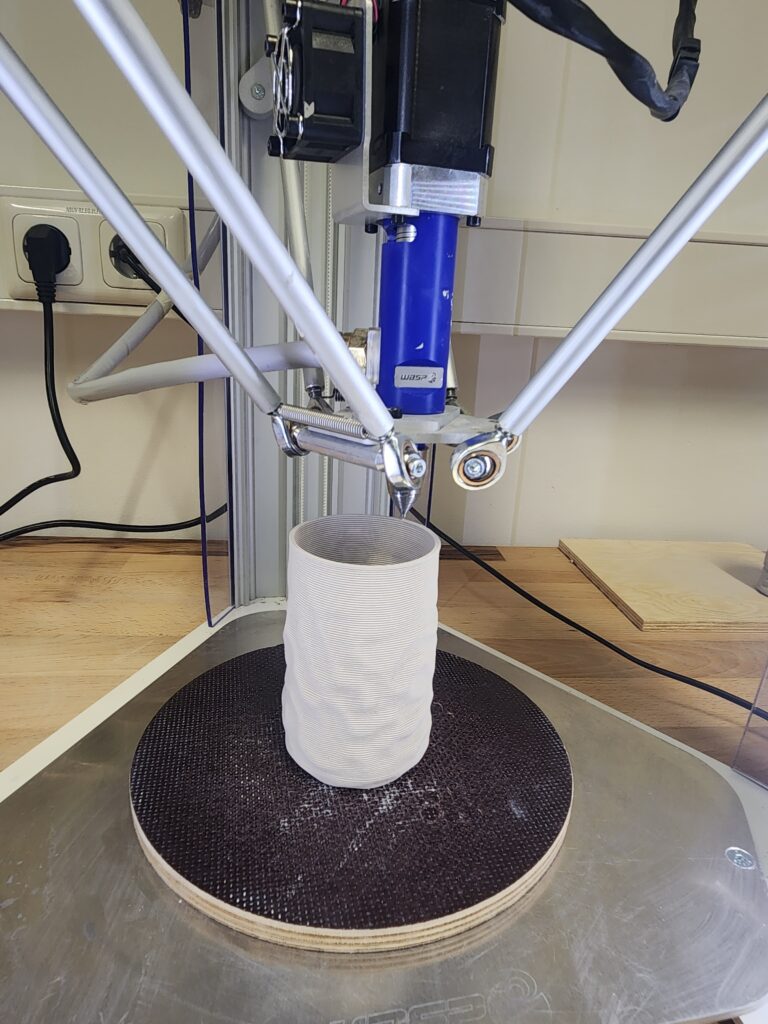
The WASP 2040 Clay 3D printer operates by utilizing pressurized air to actuate a piston that pushes clay down a container which is then extruded through a nozzle. This printer employs a screw-driven extruder within the printhead to precisely regulate the flow of clay. Notably, this process operates without heat, relying solely on the consistency of the clay to achieve desired geometries. Like standard 3D printers, the machine reads G-code instructions to build up the model layer by layer.
How do you manage the consistency of the clay input for the machine?
Achieving the correct consistency of the clay is a crucial aspect of operating the machine, blending craftsmanship with digital fabrication. If the clay is too dry, it may not extrude properly, leading to cracks in the model or poor adhesion to the build plate itself. Conversely, if the clay is too wet, it may flow excessively from the extruder and become unstable, risking collapse as the model builds up. Balancing these factors is challenging, as clay is a natural material, and its properties can vary between batches. Trial and error testing is necessary to determine the optimal consistency for each clay type used. Even with the clay at optimal consistency initially, printing delays can lead to gradual drying within the machine, resulting in extrusion inconsistencies over time. While the clay won’t completely dry out, it undergoes slow drying processes, affecting extrusion quality.
What was the purpose of acquiring this clay printer as a part of TUM Ventures Lab Additive Manufacturing?
The acquisition of this clay printer aligns with our objective to foster innovation in materials for 3D printing, like our motivation for obtaining the chocolate printer. Clay 3D printing offers niche applications with potential for various industries. Additionally, the machine facilitates research into utilizing side-stream materials, such as wood dust, for 3D printing applications. This is exactly what the Living Lab Sustainable Additive Manufacturing in Saxony, short SAMSax, other did, resulting in the creation of 3D-printed models for theater productions. We aim to advance material development for 3D printing by exploring alternatives derived from bio-based sources, including fibers and mycelium, to expand the capabilities of additive manufacturing technology.
What materials are used for the clay printer? Is it restricted to clay only?
The clay printer is not limited to clay alone; it can accommodate any material that can be extruded without requiring heating. This includes pastes made from natural fibers combined with a viscous carrier material such as alginate. While designed primarily for clay, the printer can effectively handle a variety of materials, offering versatility beyond its original purpose.
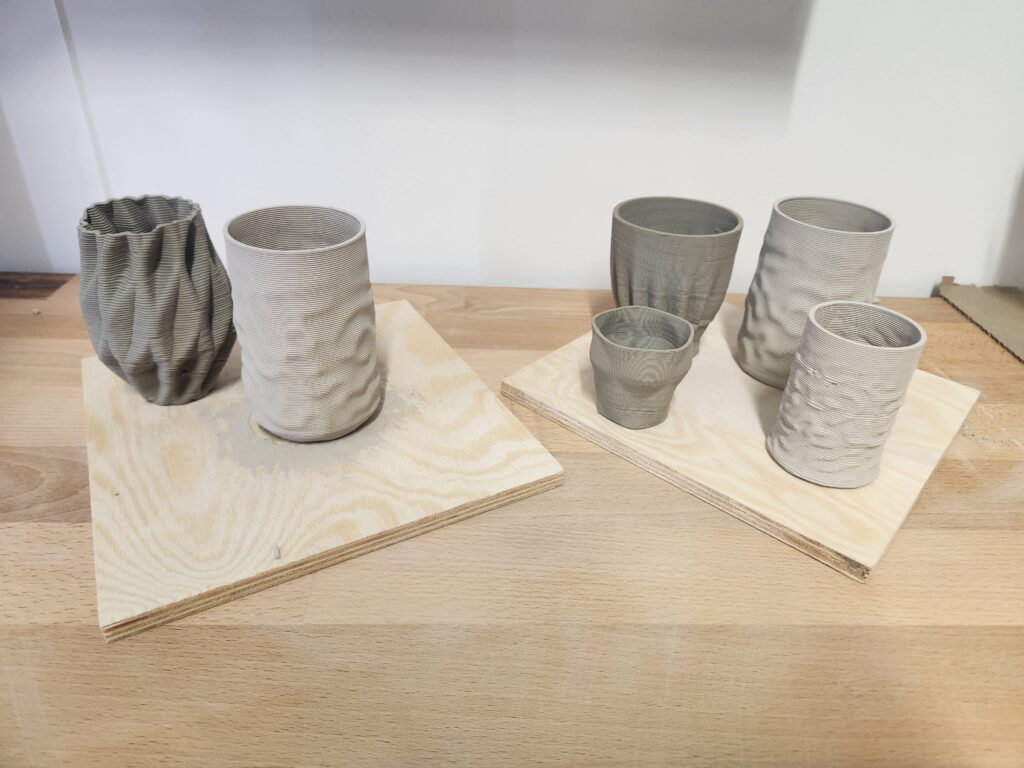
Clay printing: pros and cons…
The primary advantage lies in the increased design freedom afforded by 3D printing. However, this freedom is constrained by the requirements of downstream processing. A uniform wall thickness for example is critical to prevent cracking during firing, as uneven cooling can induce stress cracking. Additionally, the presence of closed hollow cavities in printed objects can lead to explosions during firing, as the clay shrinks while the trapped air expands. Thus, while 3D printing offers design flexibility, it necessitates careful consideration of process-specific limitations to ensure successful outcomes.
What are your thoughts on the future prospects for this technology?
Looking ahead, we envision this machine playing a crucial role in driving innovation in 3D printing materials. By expanding beyond conventional thermoplastics and metals, we aim to inspire manufacturers and users to explore new possibilities. Our focus is on supporting students and innovators in leveraging waste streams to enhance product circularity and minimize environmental impact & footprint of materials. These machines have diverse applications, spanning from construction to traditional clay manufacturing and artistic endeavors. Additionally, we anticipate significant advancements in concrete 3D printing, with ongoing developments led by major industry players.
And finally, is it a completely safe technology to play with?
Overall, this technology is considered quite safe, with minimal risks aside from typical concerns like accidental finger jamming in the gantry. The primary safety consideration involves the pressurized cylinder used for extruding clay. While unlikely, a sudden pressure drop or malfunction could potentially lead to loud noises or other hazards, highlighting the importance of careful operation. However, since clay is a natural material with no harmful fumes, there are no significant health risks associated with its use. Additionally, the absence of a hot nozzle both in the Choc Mate 2 and Delta Wasp 2040 Clay eliminates the risk of burns, further enhancing safety during operation.
Find out more about the TUM Venture Labs in general and the TUM Venture Lab Additive Manufacturing:
Webseite: https://www.tum-venture-labs.de/


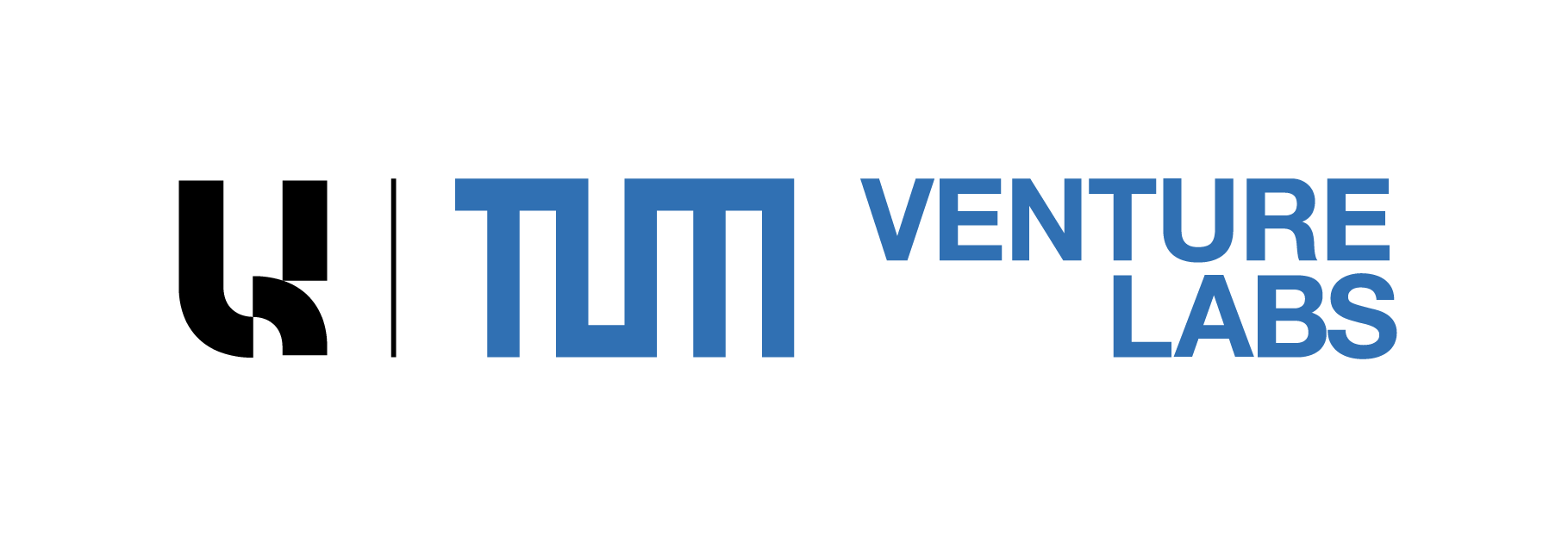
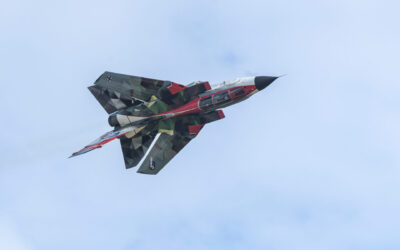
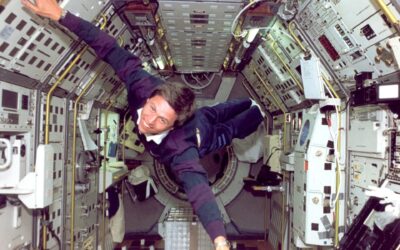
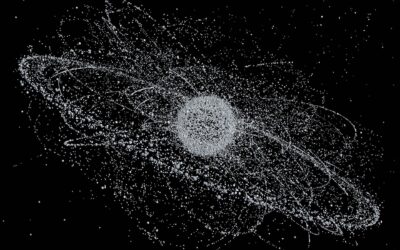
0 Kommentare